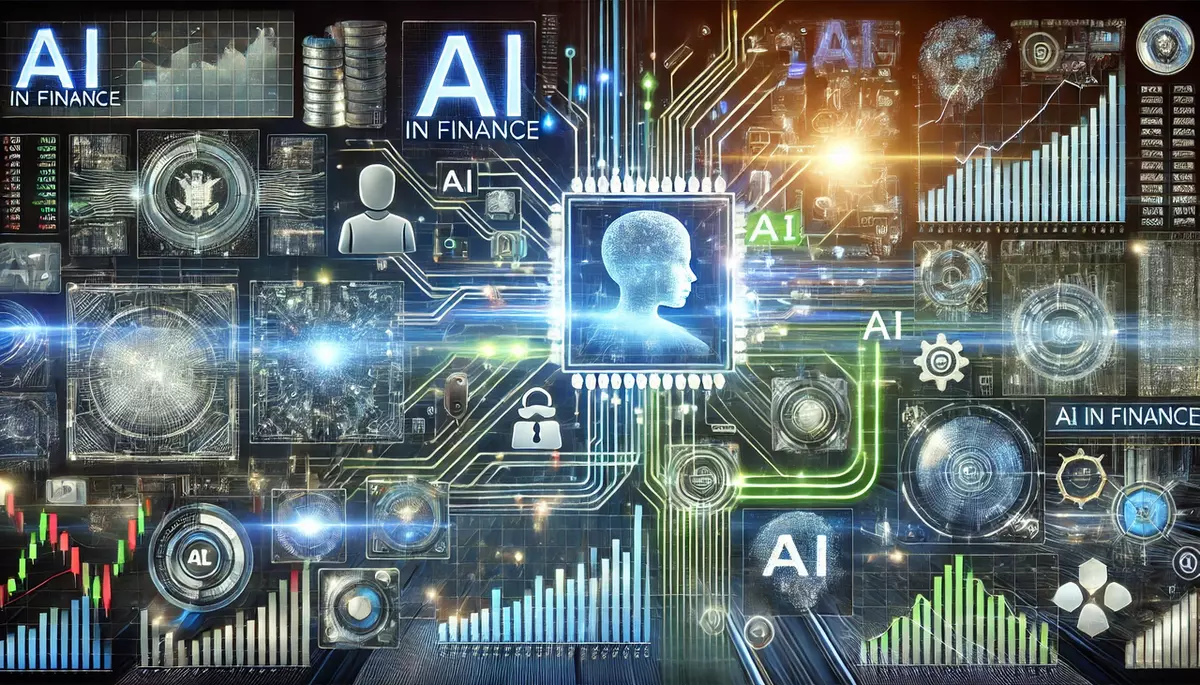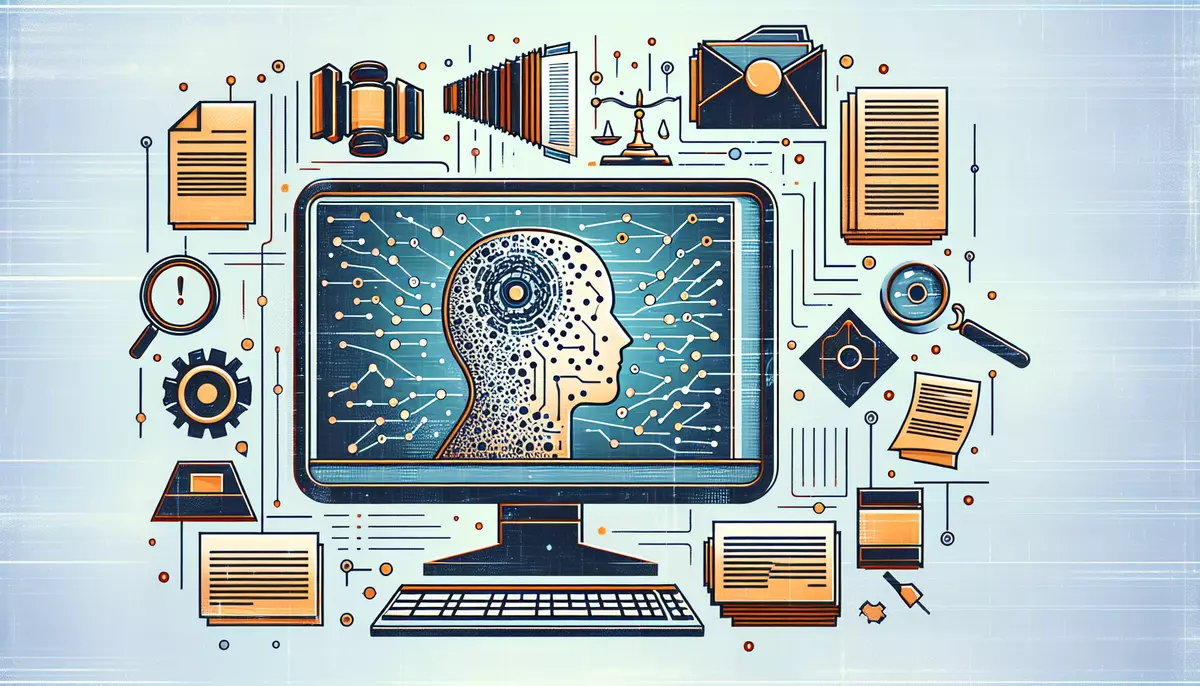Introduction
Edge AI, also known as on-device AI or embedded AI, is a rapidly evolving field that brings artificial intelligence capabilities closer to the data source, enabling real-time processing and decision-making at the edge of the network. This knowledge article explores the key concepts, technologies, and applications of Edge AI, as well as its benefits, challenges, and future developments.
What is Edge AI?
Edge AI refers to the deployment of AI models and algorithms directly on edge devices, such as smartphones, cameras, sensors, and industrial equipment, rather than relying on a centralized cloud infrastructure. This approach allows for faster response times, reduced data transmission, and enhanced privacy and security.
Key Characteristics of Edge AI:
- On-device Processing: Edge AI models are executed locally on the edge device, eliminating the need to send data to a remote server for processing.
- Low Latency: Edge AI enables real-time decision-making and response, as the processing occurs closer to the data source.
- Reduced Data Transfer: By performing computations on the edge device, the amount of data that needs to be transmitted to the cloud is significantly reduced.
- Improved Privacy and Security: Edge AI minimizes the exposure of sensitive data, as it is processed and stored locally, rather than being sent to a remote server.
Edge AI Technologies
Edge AI is enabled by advancements in hardware, software, and algorithms, including:
Hardware Advancements:
- System-on-Chip (SoC): Integrated circuits that combine a processor, memory, and other components on a single chip, enabling powerful on-device processing.
- Microcontrollers: Compact, low-power embedded systems that can run AI models efficiently on edge devices.
- Specialized AI Accelerators: Hardware designed specifically for accelerating AI computations, such as neural network inference.
Software and Algorithms:
- Lightweight AI Models: Compact and efficient AI models, such as quantized neural networks, that can run on resource-constrained edge devices.
- Edge Computing Frameworks: Software platforms that enable the deployment and execution of AI models on edge devices, such as TensorFlow Lite and PyTorch Mobile.
- Federated Learning: A distributed machine learning approach that allows edge devices to collaboratively train a shared model without sharing their local data.
Applications of Edge AI
Edge AI has a wide range of applications across various industries:
Smart Devices and IoT:
- Smartphones: On-device AI for tasks like facial recognition, language processing, and image enhancement.
- Wearables: Real-time health monitoring and activity recognition on smartwatches and fitness trackers.
- Smart Home: Edge AI-powered devices for voice control, security, and energy management.
Industrial and Automotive:
- Industrial Automation: Predictive maintenance, quality control, and process optimization using edge AI-enabled sensors and equipment.
- Autonomous Vehicles: Real-time object detection, classification, and decision-making for self-driving cars.
Healthcare and Surveillance:
- Medical Devices: Edge AI for rapid diagnosis, disease monitoring, and personalized treatment.
- Surveillance Systems: On-device video analytics for real-time anomaly detection and security applications.
Benefits and Challenges of Edge AI
Benefits:
- Low Latency: Edge AI enables instant response and decision-making, crucial for time-sensitive applications.
- Reduced Data Transfer: By processing data locally, edge AI reduces the need for data transmission, leading to lower bandwidth requirements and improved efficiency.
- Enhanced Privacy and Security: Edge AI minimizes the exposure of sensitive data, as it is processed and stored locally, rather than being sent to a remote server.
- Improved Reliability: Edge AI systems can continue to operate even in the event of network disruptions or connectivity issues.
Challenges:
- Resource Constraints: Edge devices often have limited computational power, memory, and energy resources, requiring optimized AI models and algorithms.
- Model Deployment and Updates: Efficiently deploying and updating AI models on a large number of edge devices can be a complex logistical challenge.
- Heterogeneous Environments: Edge devices can vary significantly in terms of hardware, software, and connectivity, making it challenging to develop universal solutions.
- Scalability and Maintenance: As the number of edge devices and the complexity of applications grow, managing and maintaining the entire edge AI ecosystem can become increasingly difficult.
Future Trends in Edge AI
The field of Edge AI is rapidly evolving, and some of the key future trends include:
- Advancements in Hardware: Continued improvements in energy-efficient, high-performance edge computing hardware, such as specialized AI accelerators and low-power microcontrollers.
- Improved AI Models and Algorithms: Development of even more compact, efficient, and accurate AI models that can run seamlessly on edge devices.
- Distributed and Collaborative Edge AI: Emergence of edge computing architectures that enable edge devices to collaborate and share knowledge, leveraging the power of federated learning and swarm intelligence.
- Edge-Cloud Continuum: Seamless integration of edge AI with cloud-based AI systems, allowing for dynamic offloading and optimization of workloads across the edge-cloud spectrum.
- Ethical and Regulatory Considerations: Addressing the ethical and regulatory challenges surrounding the deployment of edge AI, particularly in areas like privacy, security, and transparency.
Conclusion
Edge AI is a transformative technology that is reshaping the way we interact with and leverage artificial intelligence. By bringing AI capabilities closer to the data source, edge AI enables real-time, privacy-preserving, and efficient processing, opening up a wide range of innovative applications across various industries. As the field continues to evolve, the integration of edge AI with cloud computing, advancements in hardware and software, and the consideration of ethical and regulatory aspects will be crucial in unlocking the full potential of this technology.
This knowledge base article is provided by Fabled Sky Research, a company dedicated to exploring and disseminating information on cutting-edge technologies. For more information, please visit our website at https://fabledsky.com/.
References
- Shi, Weisong, and Schahram Dustdar. “The Promise of Edge Computing.” Computer 49.5 (2016): 78-81.
- Satyanarayanan, Mahadev. “The Emergence of Edge Computing.” Computer 50.1 (2017): 30-39.
- Yao, Shanhe, et al. “Edge AI: Vision and Challenges.” IEEE Internet of Things Journal 7.8 (2020): 6711-6725.
- Mao, Yuyi, et al. “A Survey on Edge Computing: The Future of Scalable Internet of Things.” Mobile Networks and Applications 26.1 (2021): 4-19.
- Shi, Weisong, et al. “Edge Computing: Vision and Challenges.” IEEE Internet of Things Journal 3.5 (2016): 637-646.


























